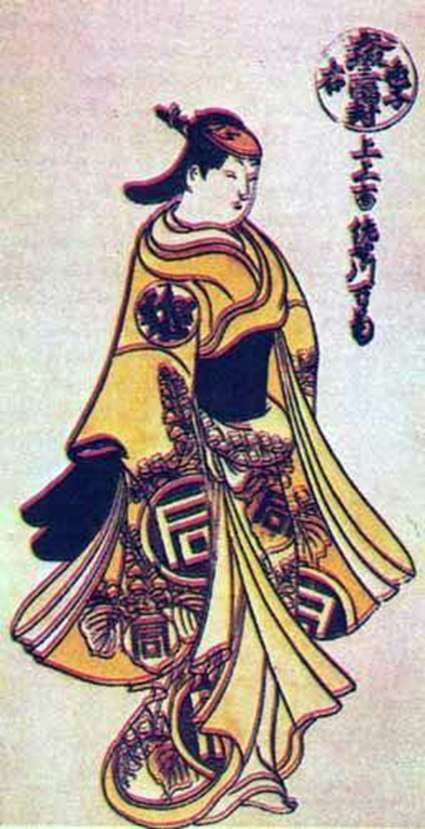
In the life of the Japanese of this period, the “green neighborhoods” played a significant role, which was due to the special political situation in the country. Japan XVII-XIX centuries was in full sense a police state, all aspects of the social and personal life of the Japanese were strictly regulated.
In the atmosphere of “not freedom” a sort of “nobody’s land,” a place where the nature of communication, the form of behavior was not prescribed from above, where the townspeople, for the time being, could feel uninhibited and independent, became “green quarters.”
Here they came to the theater-kabuki performances, to make deals and, of course, to visit the tea houses, the inhabitants of which were famous not only for their beauty, but also for their education, refinement of taste, and graceful manners. Therefore, the genre of bidzing became the main one in Ukiye-e engraving. However, in the absence of “mass media” engraving, including bidzings, acted as a kind of mass media, in imperfect and, more often, in indirect form.
 After bathing by Okumura Masanobu
After bathing by Okumura Masanobu Osen with a buffalo by Suzuki Harinobu
Osen with a buffalo by Suzuki Harinobu Iroko Trois grandes villes Kyoto – Okumura Masanobu
Iroko Trois grandes villes Kyoto – Okumura Masanobu Iroko tres grandes ciudades “Kyoto” – Okumura Masanobu
Iroko tres grandes ciudades “Kyoto” – Okumura Masanobu Actor Bando Hikosaburo III in the role of the warrior Sagisaka Sanan by Tousyusai Syaraku
Actor Bando Hikosaburo III in the role of the warrior Sagisaka Sanan by Tousyusai Syaraku Two beauties by Kitaio Shigamas
Two beauties by Kitaio Shigamas A large “recursive engraving” with the image of all the stars of the theater by Okumura Masanobu
A large “recursive engraving” with the image of all the stars of the theater by Okumura Masanobu Night walk by Hosoda Acee
Night walk by Hosoda Acee